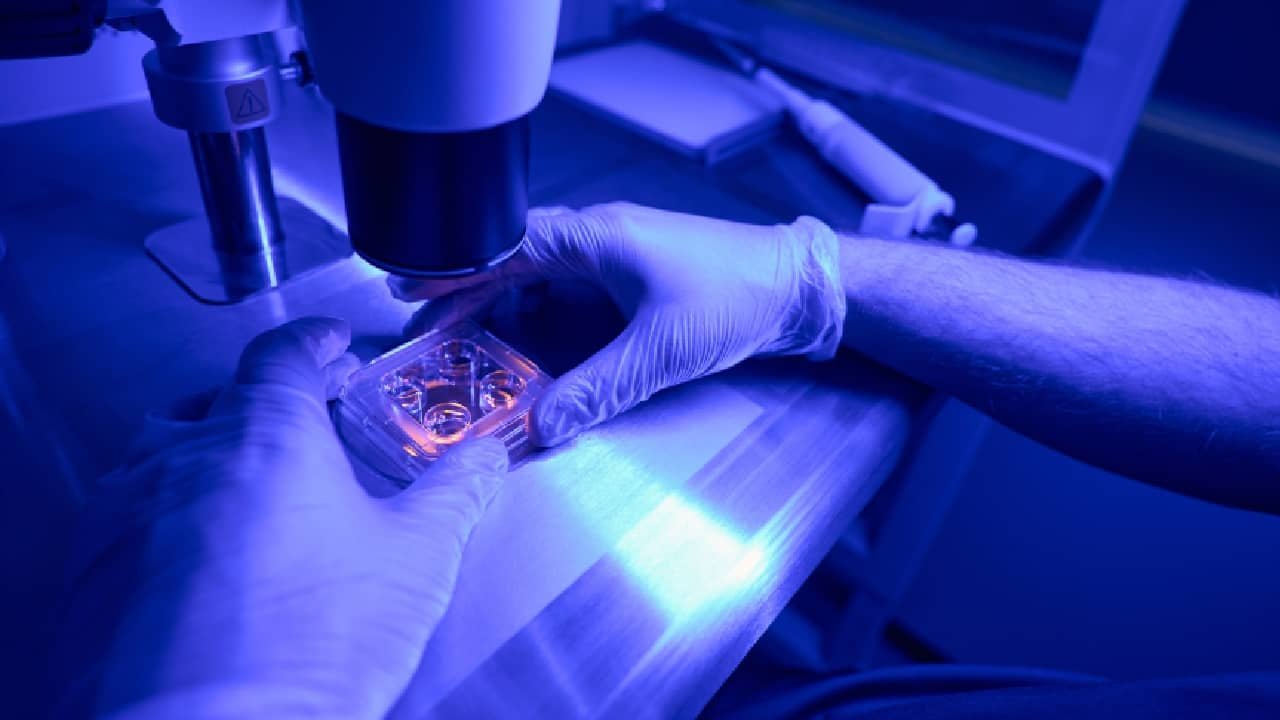The Role of IV Stem Cell Therapy in Regenerative Medicine
In the ever-evolving landscape of medical advancements, regenerative medicine stands out as a promising frontier, holding the potential to revolutionize the way we approach healing and recovery. Among the various techniques within regenerative medicine, Intravenous (IV) Stem Cell Therapy emerges as a cutting-edge and impactful modality. In this blog post, we delve into the role of IV stem cell therapy in regenerative medicine, exploring its mechanisms, applications, and the transformative effects it promises.
Understanding Regenerative Medicine:
Regenerative medicine aims to harness the body's natural healing abilities, promoting the repair and replacement of damaged tissues and organs. Unlike conventional medical treatments that often focus on managing symptoms, regenerative medicine seeks to address the root causes of diseases and injuries, facilitating the restoration of normal bodily function.
The Essence of Stem Cells in Regeneration:
At the heart of regenerative medicine lies the remarkable potential of stem cells. Stem cells possess the unique ability to differentiate into various cell types, making them essential for tissue repair and regeneration. IV stem cell therapy leverages this potential by introducing stem cells directly into the bloodstream, allowing them to reach targeted areas throughout the body.
How IV Stem Cell Therapy Works:
IV stem cell therapy involves the infusion of stem cells into the patient's bloodstream through a vein. This method offers a systemic approach, enabling the stem cells to travel throughout the body, homing in on areas of damage or inflammation. Once at the targeted site, the stem cells facilitate tissue repair by differentiating into the specific cell types needed and promoting local regeneration.
Applications of IV Stem Cell Therapy:
Orthopedic Conditions:
Addressing joint pain, arthritis, and injuries.
Neurological Disorders:
Targeting conditions like Parkinson's and Alzheimer's.
Cardiovascular Diseases:
Supporting heart health and recovery after cardiac events.
Autoimmune Disorders:
Modulating the immune system to manage conditions like lupus or rheumatoid arthritis.
Chronic Inflammatory Conditions:
Alleviating symptoms of conditions marked by chronic inflammation.
The Transformative Impact:
IV stem cell therapy holds the potential to transform the landscape of healthcare by offering minimally invasive and personalized treatments. Unlike traditional approaches that may only manage symptoms, this therapy aims to address the underlying causes of diseases, promoting healing and regeneration at the cellular level.
Challenges and Considerations:
While the potential benefits of IV stem cell therapy are promising, it's crucial to acknowledge the challenges and ongoing research to ensure safety and efficacy. Ethical considerations, regulatory frameworks, and ongoing clinical trials contribute to the evolving nature of this field.
In the realm of regenerative medicine, IV stem cell therapy emerges as a powerful tool, promising to redefine the way we approach healing and recovery. As researchers and medical professionals continue to explore its applications, the potential for transformative impact grows. By harnessing the body's innate regenerative abilities, IV stem cell therapy opens new doors for patients seeking innovative and holistic solutions to various health challenges. As we navigate the future of healthcare, the role of IV stem cell therapy in regenerative medicine holds immense promise for a healthier, more resilient tomorrow. Contact your nearest Intra-V location in Houston to learn more about our treatments.

